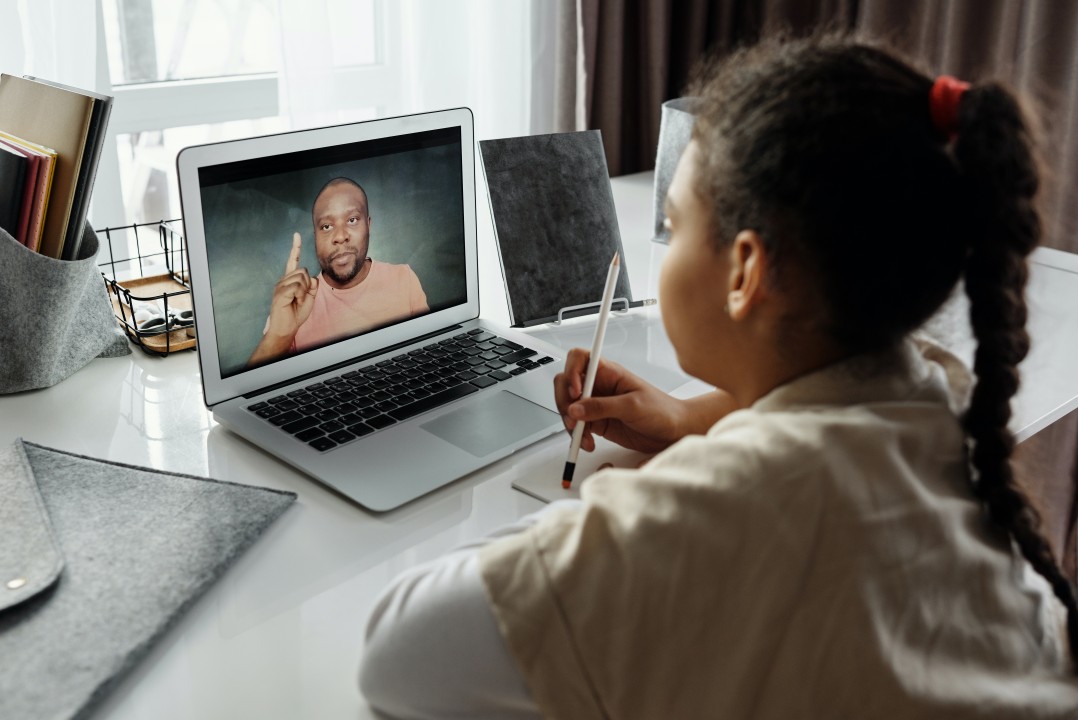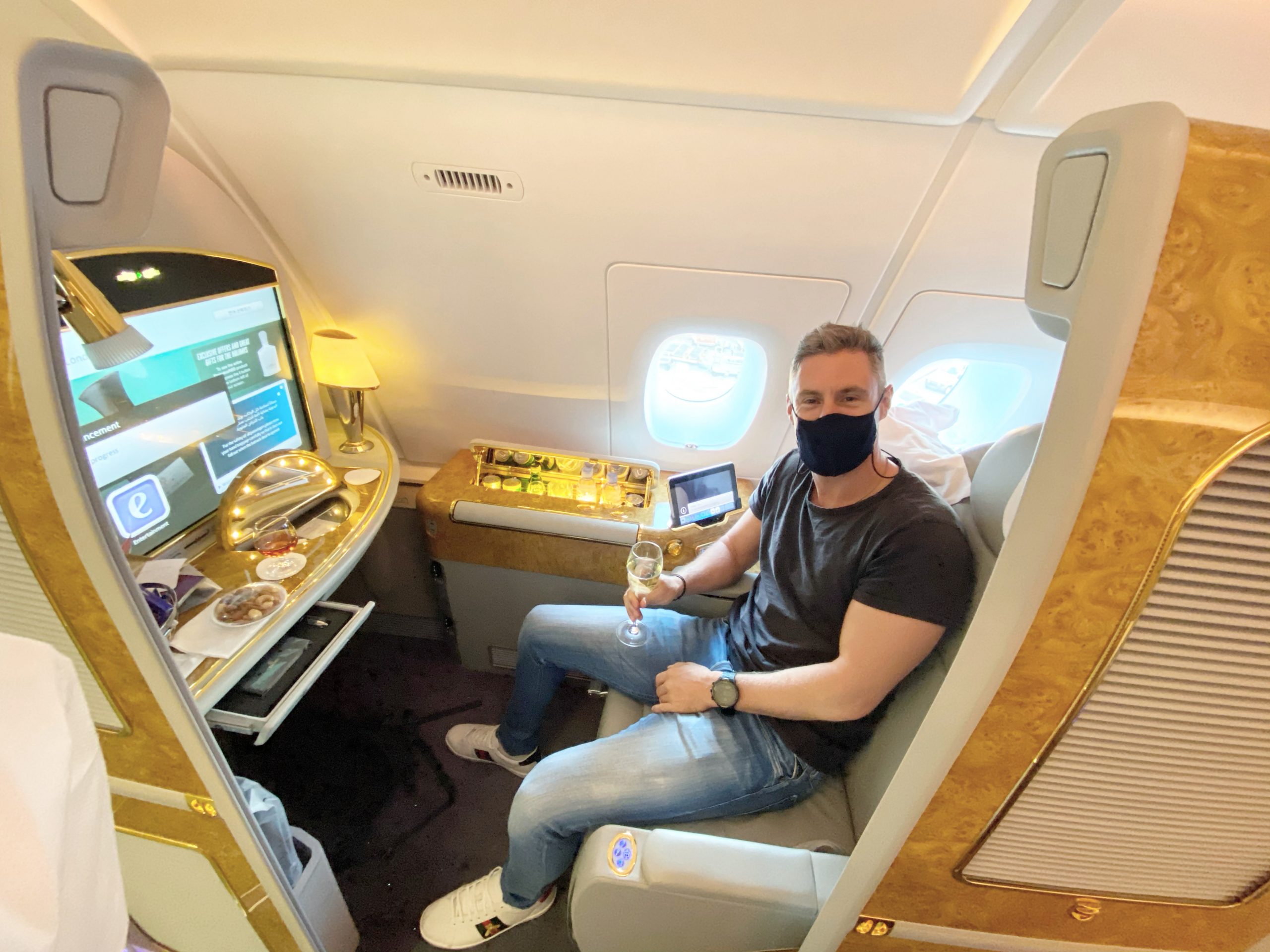A learning experience is any experience that leads to learning. It can be formal, such as taking a class or attending a workshop, or informal, such as reading a book or watching a documentary. Learning experiences can happen anywhere, at any time, and can be planned or unplanned.
What makes a good learning experience?
There are many factors that contribute to a good learning experience. Some of the most important factors include:
- Relevance: The learning experience should be relevant to the learner’s Vueducation
- Engagement: The learning experience should be engaging and interesting to the learner.
- Challenge: The learning experience should be challenging enough to be stimulating, but not so challenging that it becomes frustrating.
- Feedback: The learner should receive regular feedback on their progress.
- Support: The learner should have access to support from the instructor or other learners.
Types of learning experiences
There are many different types of learning experiences. Some of the most common types include:
- Formal learning: This type of learning takes place in a structured setting, such as a school or training program.
- Informal learning: This type of learning takes place outside of a formal setting, such as through reading, watching videos, or talking to others.
- Experiential learning: This type of learning takes place through hands-on experience.
- Problem-based learning: This type of learning takes place by solving real-world problems.
- Project-based learning: This type of learning takes place by working on a project that has a clear goal.
The importance of learning experiences
Learning experiences are essential for personal and professional growth. They help us to acquire new knowledge and skills, develop our critical thinking skills, and become more creative and innovative. Learning experiences also help us to build relationships, network with others, and gain a better understanding of the world around us.
How to create a good learning experience
There are many things that can be done to create a good learning experience. Some of the most important things include:
- Start with the learner: The first step is to understand the learner’s needs and interests. What do they want to learn? What are their strengths and weaknesses?
- Design the experience: Once you understand the learner, you can start to design the learning experience. The experience should be relevant, engaging, challenging, and provide feedback.
- Provide support: The learner should have access to support from the instructor or other learners. This support can help them to stay motivated and on track.
- Reflect on the experience: After the learning experience, it is important to reflect on what was learned. This reflection can help to solidify the learning and make it more meaningful.
Conclusion
Learning experiences are essential for personal and professional growth. They help us to acquire new knowledge and skills, develop our critical thinking skills, and become more creative and innovative. There are many different types of learning experiences, and the best type for you will depend on your individual needs and interests. When creating a learning experience, it is important to start with the learner, design the experience to be relevant, engaging, challenging, and provide feedback, and provide support to the learner. By following these tips, you can create a learning experience that is both effective and enjoyable






